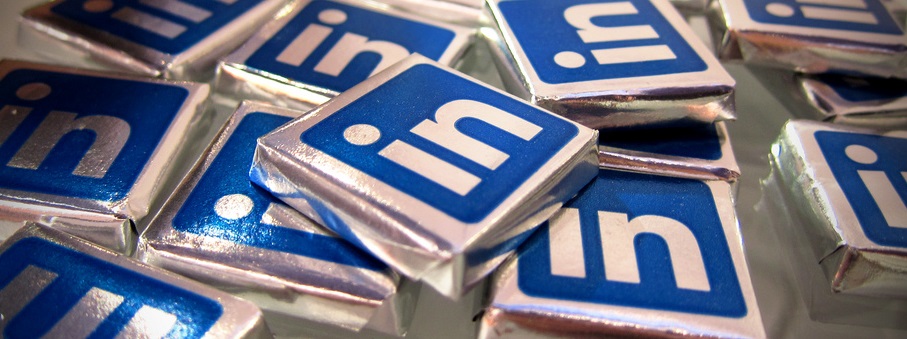- Home
- Blog
- Social Media How to Optimize Your LinkedIn Profile
How to Optimize Your LinkedIn Profile
-
 8 min. read
8 min. read
-
 Trevin Shirey
Trevin Shirey VP of Marketing
VP of Marketing
- Trevin serves as the VP of Marketing at WebFX. He has worked on over 450 marketing campaigns and has been building websites for over 25 years. His work has been featured by Search Engine Land, USA Today, Fast Company and Inc.
When you think about ways to connect with others, some typical activities may come to mind – meeting at events, using Facebook or Twitter, sending emails, or perhaps even creating a website. But there’s one powerful way to connect with new contacts that you may be missing out on, or not taking seriously enough: LinkedIn. As of April 2014, LinkedIn has more than 300 million members around the world.
Additionally, according to a recent social media usage study, 40% of LinkedIn users log in at least once per day. If you are not using this powerful network to its fullest advantage, you may be missing out on opportunities to establish and grow connections with valuable business contacts. Here are a few ways that you can optimize your LinkedIn profile page to encourage additional business connections, which may help you make more contacts and find new business.
Start With a Clear Profile Photo
 According to LinkedIn, profiles with photos are 11 times more likely to be viewed than those without. Add a clear, recent, and professional photo of you to your profile to start things off. Remember that this is often the first impression that contacts will have of you, so choose carefully!
According to LinkedIn, profiles with photos are 11 times more likely to be viewed than those without. Add a clear, recent, and professional photo of you to your profile to start things off. Remember that this is often the first impression that contacts will have of you, so choose carefully!
Write an Informative, Engaging Summary
The summary section of your page is where you can get creative. Use this space to sum up your position, skills, accomplishments, and abilities. What you specifically add here may depend on how you want to use LinkedIn, but as a general rule of thumb, you should aim for 1-2 paragraphs of information about yourself.
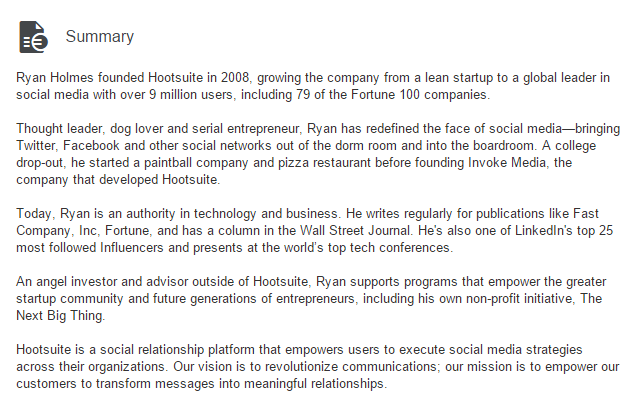 As an example, if you are a realtor looking to inform potential homebuyers about your skills, you could use this space to describe your experience, talk about the number of homes you have sold, and list the areas in which you work. If you are a freelance artist, you could describe your style, list any awards your work has won, and talk about the kind of work you are seeking.
As an example, if you are a realtor looking to inform potential homebuyers about your skills, you could use this space to describe your experience, talk about the number of homes you have sold, and list the areas in which you work. If you are a freelance artist, you could describe your style, list any awards your work has won, and talk about the kind of work you are seeking.
Fill Out Your Employment History
LinkedIn allows you to fill out your employment history, essentially enabling your profile to be used as an online resume.
You do not have to be incredibly detailed about your prior positions, especially if they are not relevant to your current one. However, aim to show your wealth of knowledge and experience in your profile, no matter what level of detail you do provide. 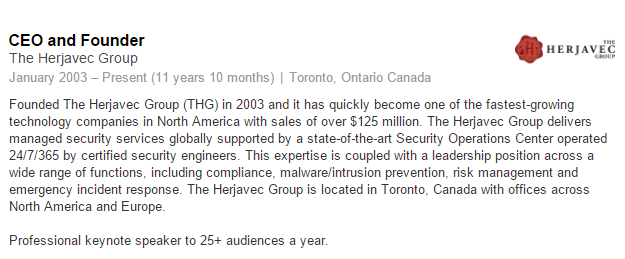 When filling out information about your current position, be detailed.
When filling out information about your current position, be detailed.
Write about what tasks you do now, what you can bring to the table for a potential client or partner, and how you can help those who may be in need of your services.
List Your Skills
Make a general list of the skills you have and currently use at your position. This will help those who have found your page determine what kind of knowledge you possess about specific topics.
You will also need to list your skills to acquire recommendations (which we’ll cover shortly).
Add Links
 Don’t forget to populate the “links” section. These links will appear when someone selects “Contact Info” at the top right.
Don’t forget to populate the “links” section. These links will appear when someone selects “Contact Info” at the top right.
This is a good place to link to your employer’s website, a portfolio, or any online work that you have completed (including published articles or freelance pieces). Members viewing your profile may click these links to learn more about you, so it’s important to fill these in!
Connect With Others
At this stage, your page will be mostly complete, and you can begin connecting with others on LinkedIn.
Unlike Facebook, where many users have some level of privacy, LinkedIn users tend to connect with anyone who requests it. 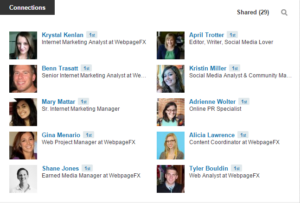 It’s best to begin connecting with people you currently work with or have recently worked with, in order to build up your initial network. Once you have an initial network, future, unfamiliar or more distant connections are more likely to accept your request, as you will look more trustworthy to them.
It’s best to begin connecting with people you currently work with or have recently worked with, in order to build up your initial network. Once you have an initial network, future, unfamiliar or more distant connections are more likely to accept your request, as you will look more trustworthy to them.
Feel free to connect with LinkedIn members who you have worked with in the past, or who you have met at shows, events, or through business. You can also send InMail (LinkedIn’s proprietary email system) to introduce yourself to those you do not yet know, and explain why you would like to connect.
Acquire Endorsements & Recommendations
LinkedIn’s endorsements platform allows users to essentially vouch for one another.
For example, if you were to list “writing” as one of your skills on LinkedIn, one of your connections who has knowledge of your writing skills could endorse you for it. More than one connection can endorse you for any one skill, and a single connection can also endorse you for multiple skills. One of the best ways to get endorsed is to endorse someone else first.
When first connecting with someone you are already familiar with, it may be a good idea to drop by their profile and provide an endorsement of one of their skills (as long as you have knowledge of it, that is). They may then be inclined to return the favor, endorsing you for one of the skills you have listed. 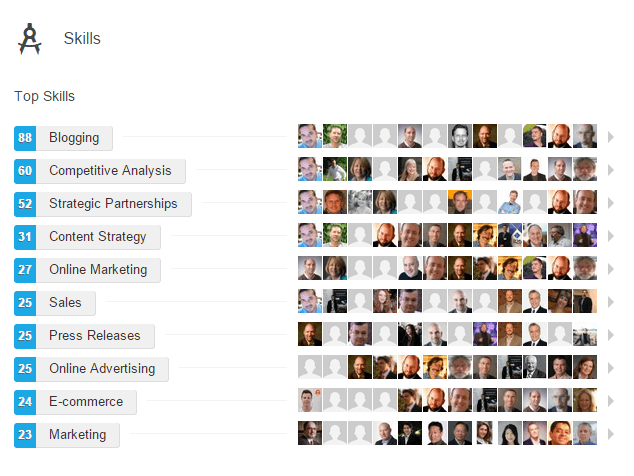 Recommendations are harder to acquire.
Recommendations are harder to acquire.
Whereas endorsements can be given in a single click, recommendations require someone to take the time to write something about you – basically, a review of your skills or experience. It’s for this reason that recommendations are so powerful and desirable on LinkedIn. 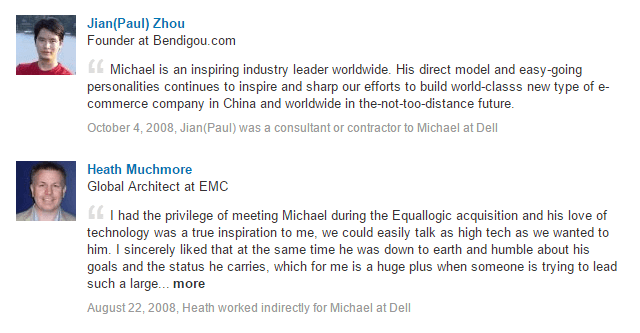 If you want a recommendation for your LinkedIn page, the best way to acquire it would be to ask your current and past employers.
If you want a recommendation for your LinkedIn page, the best way to acquire it would be to ask your current and past employers.
Simply sending them an email with a link to your page, along with a request for an honest recommendation, could help you accomplish this. LinkedIn also allows you to ask someone directly for a recommendation – however, it’s best to discuss this off-platform first, rather than take someone by surprise. Asking someone for a LinkedIn recommendation is akin to asking someone to be a reference on a resume, just in a far more public way.
Post Updates & Share Content
As you begin building your network and receiving endorsements, begin populating your profile and establishing yourself as a person of authority by posting updates. LinkedIn allows you to share status updates and links much like other social networks… but think carefully about what you share here, and remember who is going to see it!  If you have content of your own creation, or representing your business, LinkedIn is a good place to share it.
If you have content of your own creation, or representing your business, LinkedIn is a good place to share it.
However, try to follow a rule of thirds: for each piece of your own content you share, share two others that are relevant to your audience, but are not of your creation. If something exciting happens in your life, don’t hesitate to share it on LinkedIn! Members are always happy to congratulate others on promotions, new positions, and other great achievements.
This can even lead to new connections and conversations.
Get More Out of LinkedIn
These are a few ways that you can optimize your LinkedIn profile to encourage new connections. With just a little up-front work, you can increase your chances of reaching more business contacts, leads, or potential business partners exponentially.
Now that we’ve discussed how to set up your LinkedIn page and optimize your personal profile, you may be wondering how to do the same for a Company Page. Check out this blog post to get some valuable tips for optimizing your business’s presence on LinkedIn! You can also check out this list of 40 social media tips from industry leaders to learn more ways to optimize your presence or grow your business, using the power of social networks. Do you have any tips of your own that you’d like to share with anyone just starting out on LinkedIn?
Or do you have any questions about LinkedIn optimization or LinkedIn ads? Let us know in the comments! Photo credit: Nan Palmero
-
 Trevin serves as the VP of Marketing at WebFX. He has worked on over 450 marketing campaigns and has been building websites for over 25 years. His work has been featured by Search Engine Land, USA Today, Fast Company and Inc.
Trevin serves as the VP of Marketing at WebFX. He has worked on over 450 marketing campaigns and has been building websites for over 25 years. His work has been featured by Search Engine Land, USA Today, Fast Company and Inc. -

WebFX is a full-service marketing agency with 1,100+ client reviews and a 4.9-star rating on Clutch! Find out how our expert team and revenue-accelerating tech can drive results for you! Learn more
Twitter and Facebook Status Generator
Finding engaging social media content for your business can be difficult. Use our tool to quickly find ideas and post directly to your page.
Give Me an Idea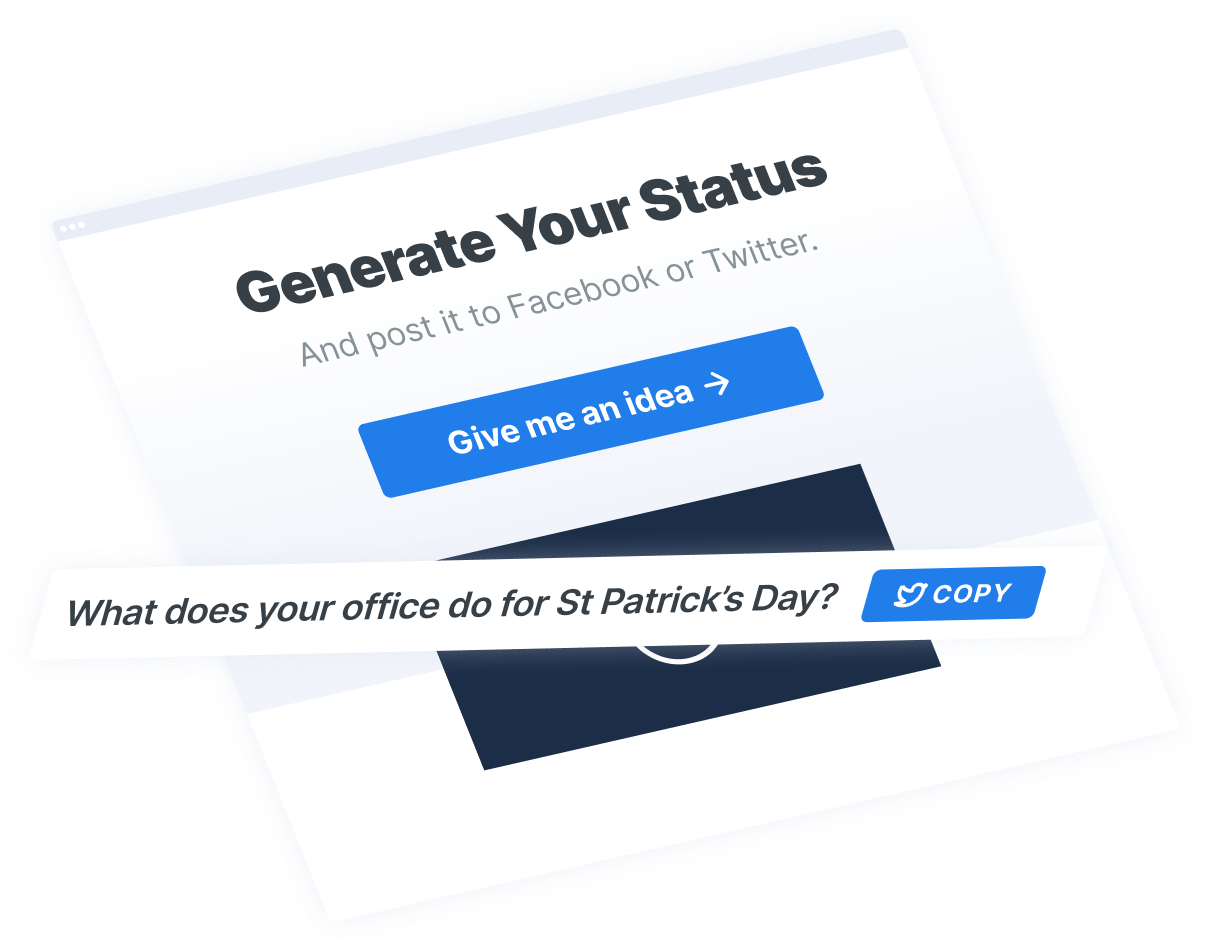
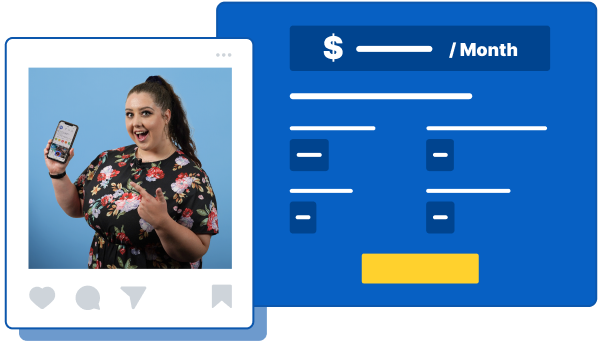
Social Media Cost Calculator
Use our free tool to get a free, instant quote in under 60 seconds.
View Social Media CalculatorTwitter and Facebook Status Generator
Finding engaging social media content for your business can be difficult. Use our tool to quickly find ideas and post directly to your page.
Give Me an Idea

